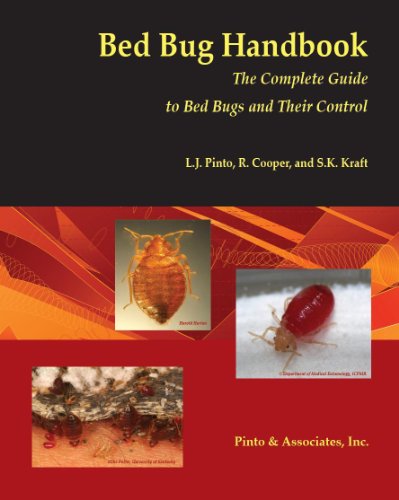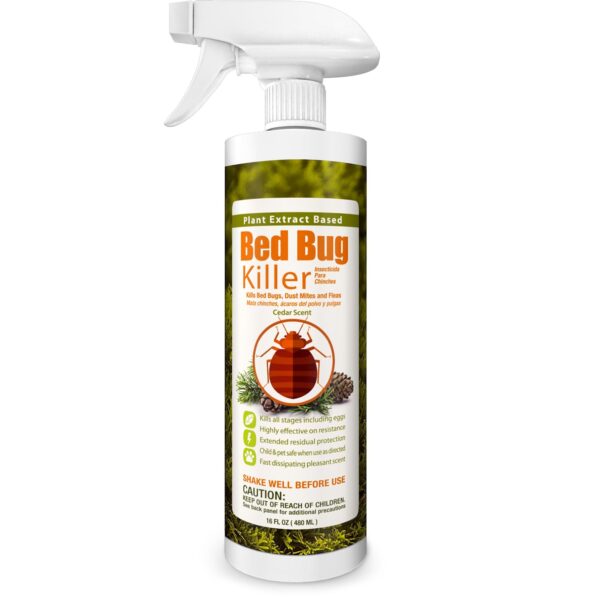Bleach is often considered a go-to solution for various cleaning tasks, but its effectiveness against bed bug infestations warrants closer examination. While bleach can kill bed bugs upon direct contact due to its sodium hypochlorite content, which affects their exoskeletons and respiratory systems, it falls short in eradicating pests hidden in cracks or crevices. This limitation makes bleach a less practical option for comprehensive bed bug control.

The primary challenges of using bleach include its strong odor, potential health hazards such as skin irritation and respiratory issues, and its ability to damage household surfaces. Moreover, its repellent properties may drive bed bugs to other parts of the home, exacerbating the problem rather than resolving it.
Given these limitations, exploring more reliable alternatives is advisable. Effective methods include heat treatment, which involves raising the temperature above 118°F to kill bed bugs and their eggs, and vacuuming or steam cleaning to physically remove them. Diatomaceous earth is another viable option, as this natural powder dehydrates bed bugs without toxic effects.
Professional pest control services often provide the most comprehensive solution, offering methods that can address deeply hidden bed bugs and provide preventive advice. Additional strategies include using essential oils and traps, though their effectiveness can vary.
Preventative measures play a crucial role in managing bed bug risks. Maintaining cleanliness, reducing clutter, using protective mattress covers, and inspecting second-hand items are simple yet effective strategies to reduce the likelihood of infestations.
In summary, while bleach can be effective on direct contact, its impracticality for full infestation control and associated risks suggest that alternative pest control methods and prevention strategies offer safer and more effective outcomes for tackling bed bugs.

When battling the resilience of bed bugs, information is a powerful weapon. The "Bed Bug Handbook: The Complete Guide to Bed Bugs and Their Control" dives deep into bed bug biology and behavior, delivering comprehensive strategies to conquer these pesky invaders. Its detailed analysis enriches our understanding of how and why traditional methods, including bleach, may or may not be effective. With insights gained from vivid images reflecting bed bug life cycles and habitats, this resource is invaluable for both homeowners and pest control professionals seeking effective solutions. Find this must-have manual through a thoughtful anchortext that consolidates your bed bug defenses.

When tackling bed bug infestations, traditional home remedies like bleach may not always be effective. For a robust solution, consider the acclaimed Toughest Odorless Non Staining Extended Residual Bed Bug Killer. Its advanced formula not only neutralizes odors but also promises not to stain your fabrics. It's specifically designed to combat even pyrethroid-resistant bed bugs, ensuring that your bed bug woes are addressed effectively. The product image suggests a hassle-free application, thanks to the convenient spray nozzle and a substantial one-gallon volume for extended use. This is a heavy-duty weapon in the war against bed bugs.

When the pesky bed bug infestation becomes unbearable, "EcoRaider Extended Residual Protection" emerges as a knight in shining armor. This potent plant-based solution not only promises to exterminate bed bugs at all stages, including eggs, but also offers extended residual protection, ensuring that these relentless creatures do not make a swift comeback. Its non-toxic nature makes it safe for use around children and pets, providing peace of mind along with efficacy. The spray emits a pleasant cedar scent, making the treatment process as agreeable as its results. Analyzing the product image, one can see the critical information clearly displayed on the label, reassuring users of its environmental-friendly properties and effectiveness. To truly turn the tide in your battle against bed bugs, consider integrating this powerful ally into your extermination arsenal by clicking on eco-friendly bed bug solution.
As we unravel the mysteries of using bleach in the battle against bed bugs, we hope this deep dive has shed some light on its potential and limitations. Whether you're a cleaning enthusiast or someone seeking practical pest control tips, there’s always more to learn and share! If this topic sparked your interest, why not join our community on social media for more insightful home and lifestyle content? Follow us on Pinterest for a treasure trove of ideas, keep up with our latest posts and updates on Instagram, and don’t miss out on vibrant discussions over on X (formerly Twitter). And for those who love engaging with fellow readers, our Facebook family is always buzzing with conversation. We can't wait to connect with you and explore more ways to enhance your space and life!
Bleach can effectively kill bed bug eggs when it comes into direct contact with them. However, ensuring direct application is crucial for successful eradication.
Rubbing alcohol is frequently suggested for tackling bed bugs. Products containing 70% or 91% isopropyl alcohol are commonly used, but research from Rutgers University indicates that direct application results in a kill rate of only up to 50% among bed bugs.
Steam is one of the most efficient methods to kill bed bugs quickly. With temperatures reaching 212°F (100°C), steam effectively exterminates bed bugs and their eggs instantly. Slowly apply steam to areas where bed bugs might dwell, such as mattress folds, sofa seams, bed frames, and room corners.
Bed bugs are particularly averse to scents such as lavender and lemon. By applying these fragrances to your bedding, mattress, box spring, bed frame, and surrounding areas, you can deter these pests from settling in your space.

Immerse yourself in architecture’s most boundary-pushing ideas—where innovative home improvements meet visionary urban developments. Discover new building techniques, materials, and creative concepts that are redefining how we shape our spaces on a global scale.